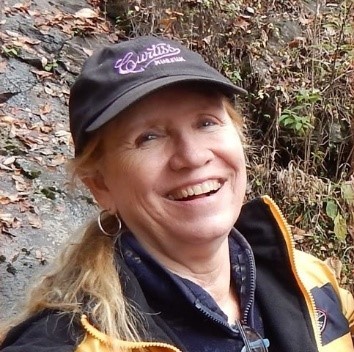By Kimball Love
There’s a rumor going around that Florida has plenty of water. This all depends on the day, the season, the location and whether we are talking freshwater or saltwater.
All this water, in a big way, is responsible for the mythology of Florida as paradise. Our state has the best beaches, breathtaking springs, huge and bountiful lakes, rivers of blue and black water – what could be more idyllic?
If you are new to Florida you might be convinced that all is well with these waters. Unfortunately, for those of us who have been around awhile, the changes to our water quality and supply are, at the very least, disturbing.

Spring runs and lagoons are evidence of the changes, with the loss of square miles of eel grass and other submerged aquatic vegetation. Offshore reefs are only a shadow of their former glorious selves.
Unfortunately, all of our waterways in and adjacent to the state of Florida are impaired in one way or another. The degradation of our freshwater supply is a direct result of uncontrolled and exponential development, septic tank proliferation and inappropriate agricultural practices that use excessive water and fertilizer.
All this results in the proliferation of algae from too much phosphorus and nitrogen in freshwater and saltwater. Releases from Lake Okeechobee into its adjacent waterways along with the proliferation of red tide in the Gulf and Atlantic Ocean are proof enough.
Our limestone base rock is a problem in itself. It contains what geologists call “legacy” phosphorus and the “Swiss cheese” characteristics of this base rock has water moving through it in unseen and unpredictable ways.
What is predictable, however, is that the ever-expanding and exponential increase of withdrawals due to development and water bottling creates inevitable saltwater intrusion. When the freshwater goes up and out, the saltwater comes in and underneath our precious resource. The aquifers upon which most of Florida sits, which provide most of our drinking water, are not inexhaustible.
With atmospheric heat melting glaciers, ice caps and permafrost, the oceans are expanding due to temperatures unseen in recorded history. Heated water expands – period. The result is the rapid, devastating and erratic intensification of hurricanes, these impacts no longer limited to our coastal regions. The discussion of a Category 6 hurricane designation is relatively new and terrifying.
In addition, our oceans can only sequester so much carbon and the increase in CO2 is causing acidic conditions that are killing our reefs – all of this a direct result of climate change.
Back on land, Miami is the poster child for accelerating sea level rise. No king tide or full moon is necessary for flooding streets and yet, the building continues unabated. Unfortunately, there are no incentives for moving development away from the coasts. This is in spite of the recent and remarkable damage done to our coastal communities.

So where’s the magic? It’s that light on the horizon where we as Floridians decide to protect, preserve and restore our resources. Witness the outcry regarding hotel resort development in our state parks.
In the vacuum of leadership, our many citizen-based organizations are fighting the good fight to protect our resources. Defenders of the Environment, the Florida Springs Council and 1000 Friends of Florida immediately come to mind. Sign up and show up.
Then there are scientists working diligently to find ways to clean up the mess we are in. For instance, Florida Atlantic University researchers, using a particular binding agent, have found a way to remove phosphorus from harmful algal blooms. This creative approach to improving the water quality of Lake Okeechobee and other affected waterways is nothing less than revolutionary and, with the potential of application on a global scale, most magical.
Land conservation efforts continue along with this work to restore our precious reefs and waterways. With more than 23 million of us on this fragile and amazing chunk of limestone, we all need to do our part to protect our home, ourselves and each other.
Kimball Love, a seventh-generation Floridian, has devoted the vast majority of her working life to public service. Her diverse career includes stints at the National Geographic Society; Florida-based local, regional and state agencies; and as an independent consultant. Her new book, “Florida Is Not For Sissies” is available at kimballlove.com. Banner photo: A flock of birds flying over the water at sunset (iStock image).
Sign up for The Invading Sea newsletter by visiting here. To support The Invading Sea, click here to make a donation. If you are interested in submitting an opinion piece to The Invading Sea, email Editor Nathan Crabbe at ncrabbe@fau.edu. To learn more about how sea level rise affects Florida’s drinking water, watch the video below.



